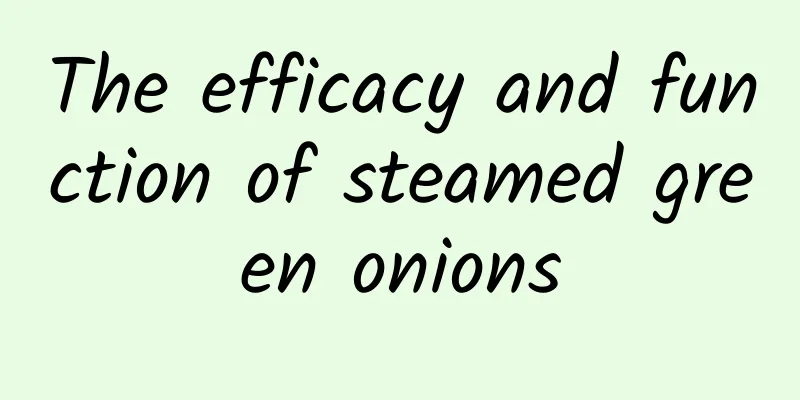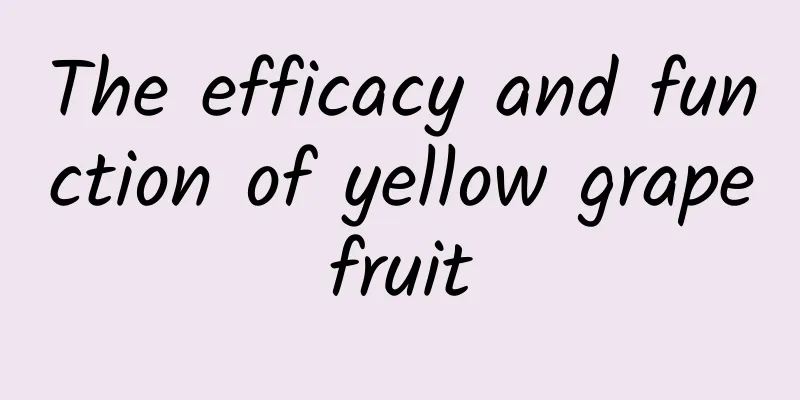Note on fertilizing tomatoes

|
Fertilizing tomatoes is a very important process, so here are some important points to pay attention to when fertilizing tomatoes: 1. Pay attention to organic fertilizerOrganic fertilizer contains all kinds of nutrients and has a slow and long-lasting fertilizer effect. Organic fertilizer is the energy source of soil microorganisms and has the function of activating soil microorganisms. The increase of soil microorganisms can improve the utilization rate of soil nutrients and the disease resistance of crops. The carbon dioxide released by organic fertilizer during the decomposition process becomes the raw material for photosynthesis, which can significantly increase the yield. At the same time, organic fertilizer also has the function of improving crop quality. For this reason, paying attention to organic fertilizer is the core of tomato fertilization technology. However, the organic fertilizer used must be well fermented, otherwise, harmful gases are easily produced. Under normal circumstances, 4000-5000 kg of high-quality organic fertilizer is applied per mu. If conditions permit, microbial inoculation preparations can also be used, and the general dosage is 2-3 kg per mu. 2. Balanced use of fertilizersChemical fertilizers have the characteristics of high nutrient content and fast fertilizer effect. Reasonable use can make up for the lack of certain nutrients provided by organic fertilizers and soil, and have the same effect as organic fertilizers in increasing yields and improving quality. As long as chemical fertilizers are used in a balanced manner, they will not cause harm to crops and the environment. Common fertilizer varieties for tomatoes include: urea, superphosphate, potassium sulfate, borax, zinc sulfate and triple compound fertilizer. Among them, superphosphate works better on acidic soil or old greenhouses. For those with large organic fertilizer usage and old greenhouses, the lower limit of fertilizer usage can be selected; for those with small organic fertilizer usage and newly built greenhouses, the upper limit of fertilizer usage can be selected. 3. Reasonable allocation of the ratio of basal fertilizer and topdressingAccording to the characteristics of fertilizers and the fertilizer requirements of tomatoes, determine the ratio of base fertilizer and topdressing. Generally, organic fertilizer, phosphorus fertilizer, micro-fertilizer, 80% potassium fertilizer and 30% nitrogen fertilizer are mixed and used as base fertilizer, and 2/3 of them are evenly spread on the surface and then turned underground. The remaining 1/3 is applied to the planting row during ridge formation, and the remaining 70% nitrogen fertilizer and 20% potassium fertilizer are used as topdressing. 4. Scientifically and timely spraying of foliar fertilizersWhen greenhouse tomatoes enter the peak fruit-bearing period, the root system's ability to absorb fertilizer decreases. At this time, foliar fertilizer spraying can be carried out. The commonly used method is to spray 1% urea solution plus 0.5% diphosphate per mu each time. |
<<: How to eat tomatoes and their benefits
>>: How to prevent and control tomato bacterial wilt
Recommend
How to make delicious yuba (bean curd)
Yuba is a traditional Chinese delicacy. Yuba has ...
What is Turner Broadcasting System (TBS) like? Turner Broadcasting System (TBS) review and website information
What is Turner Broadcasting System (TBS)? Turner B...
Vienna Music Association_How is the Golden Hall? Vienna Music Association_Golden Hall review and website information
What is the website of Vienna Music Association_Go...
Cultivation methods and precautions of iron tree
Cycads are often used as ornamental plants in gar...
How to judge whether red wine has gone bad How to judge whether red wine has gone bad
Nowadays, more and more people know how to drink ...
Can coconut milk be drunk directly? The easiest way to eat coconut milk
Coconut is really a good thing. The coconut water...
The efficacy and function of kiwi fruit and yogurt
There are many different ways to eat kiwi fruit. ...
Homemade Orange Wine Recipe
Sweet and sour oranges can not only be eaten dire...
Chaoshan seafood congee
I believe friends from Chaoshan are more familiar ...
How to make cold cabbage salad How to make cold cabbage salad
Saladed cabbage is a common way for people to eat...
What is AMC Cinema like? AMC Cinema Reviews and Website Information
What is AMC Cinema? AMC Cinema (AMC Theatres; Amer...
How to make honey pickled hawthorn? How to make secret honey pickled hawthorn
Hawthorn can strengthen the stomach and digestion...
Nine benefits of eating onions regularly
Onion is a very nutritious vegetable. Although ma...
How is La Redoute? La Redoute reviews and website information
La Redoute_What is La Redoute? La Redoute is a fam...
Lotus root porridge
How much do you know about lotus root porridge? Le...









